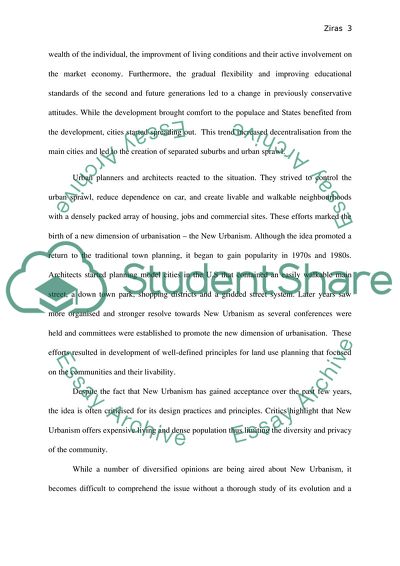Cite this document
(“New Urbanism: Social Aesthetic Planning of a Contradictory Movement Research Paper”, n.d.)
New Urbanism: Social Aesthetic Planning of a Contradictory Movement Research Paper. Retrieved from https://studentshare.org/social-science/1740611-new-urbanism-the-roots-the-antithesis-the-social-kai-aesthetic-planning-of-a-contradictory-movement
New Urbanism: Social Aesthetic Planning of a Contradictory Movement Research Paper. Retrieved from https://studentshare.org/social-science/1740611-new-urbanism-the-roots-the-antithesis-the-social-kai-aesthetic-planning-of-a-contradictory-movement
(New Urbanism: Social Aesthetic Planning of a Contradictory Movement Research Paper)
New Urbanism: Social Aesthetic Planning of a Contradictory Movement Research Paper. https://studentshare.org/social-science/1740611-new-urbanism-the-roots-the-antithesis-the-social-kai-aesthetic-planning-of-a-contradictory-movement.
New Urbanism: Social Aesthetic Planning of a Contradictory Movement Research Paper. https://studentshare.org/social-science/1740611-new-urbanism-the-roots-the-antithesis-the-social-kai-aesthetic-planning-of-a-contradictory-movement.
“New Urbanism: Social Aesthetic Planning of a Contradictory Movement Research Paper”, n.d. https://studentshare.org/social-science/1740611-new-urbanism-the-roots-the-antithesis-the-social-kai-aesthetic-planning-of-a-contradictory-movement.


